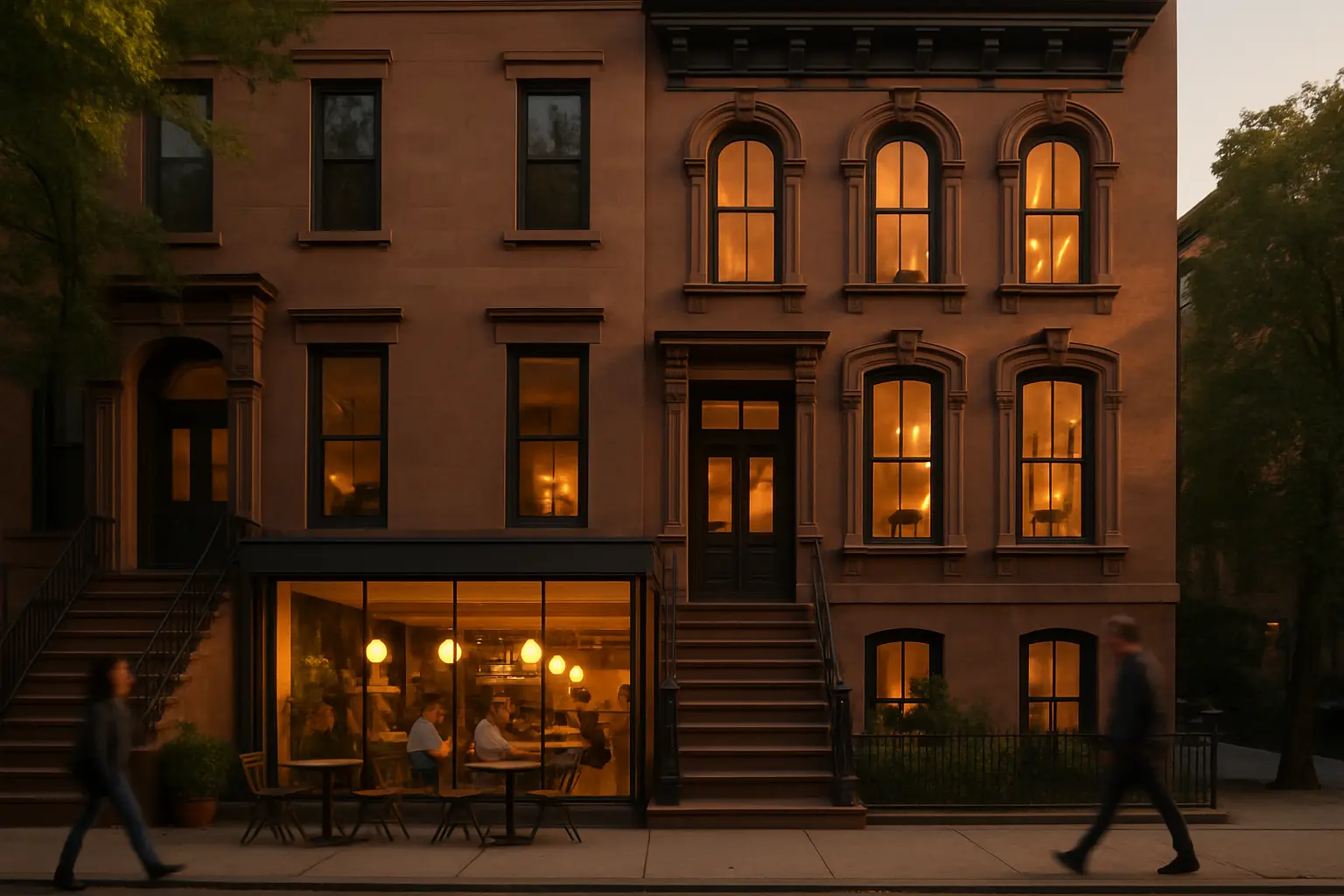Brooklyn's Hidden Gems: Converting Classic Brownstones into Mixed-Use Masterpieces
Discover how savvy investors are transforming historic Brooklyn properties into lucrative residential and commercial spaces while preserving neighborhood charm

The Rising Trend of Mixed-Use Properties in Brooklyn
Brooklyn's iconic brownstones are experiencing a renaissance as investors and developers recognize the untapped potential in these historic properties. The borough's evolving landscape has created unprecedented opportunities for converting traditional single-family homes into dynamic mixed-use spaces that serve both residential and commercial purposes.
In neighborhoods like Park Slope, Clinton Hill, and Brooklyn Heights, savvy property owners are reimagining ground floors as boutique retail spaces, cafes, or professional offices while maintaining residential units above. This transformation not only maximizes property value but also contributes to the vibrant street-level experience that Brooklyn is famous for.
Brownstone Transformation Guide
Preserving Architectural Heritage
- Maintain original façade elements and decorative details
- Restore historic windows and entrances
- Incorporate period-appropriate materials in renovations
- Balance modern amenities with historic character
Essential Modifications for Mixed-Use Success
- Create separate entrances for commercial and residential spaces
- Upgrade utilities to accommodate commercial requirements
- Install proper sound insulation between units
- Ensure ADA compliance for commercial spaces
Financial Benefits and ROI
Converting brownstones into mixed-use properties presents compelling financial advantages. Commercial spaces typically command premium rents, while residential units above provide steady income streams. A well-executed conversion can significantly increase property value, often yielding returns 30-40% higher than traditional single-family configurations.
"Mixed-use brownstone properties are showing remarkable resilience in the market, with commercial tenants providing diversified income streams and residential units maintaining strong demand."
Key Financial Considerations
- Higher potential rental income from diverse tenant mix
- Increased property value through strategic improvements
- Tax advantages from commercial property designation
- Reduced vacancy risk through multiple revenue streams
Navigating Zoning Laws and Historic Preservation
Success in brownstone conversion requires careful navigation of New York City's complex regulatory landscape. Properties in historic districts face additional scrutiny, requiring approvals from the Landmarks Preservation Commission (LPC) for exterior modifications.
Essential Compliance Steps
- Verify zoning requirements for mixed-use designation
- Obtain necessary permits and certificates of occupancy
- Consult with preservation architects for LPC applications
- Ensure compliance with building codes for commercial spaces
The key to successful brownstone conversion lies in striking the perfect balance between modern functionality and historic preservation. By carefully considering these elements, investors can create valuable mixed-use properties that enhance neighborhood character while generating attractive returns.


